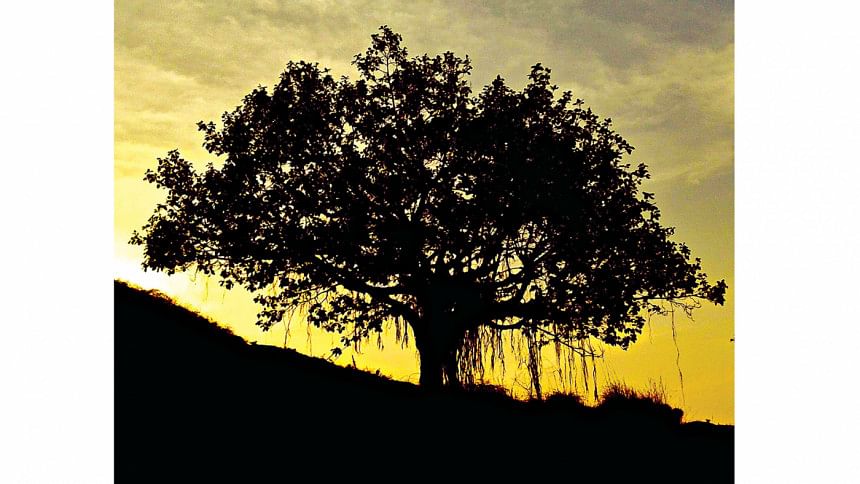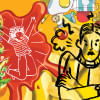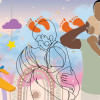The exiled daughter

Is it true that when we migrate, we lose a few people from our past? Is it a fact or a fiction that with migration, a new life takes shape, erasing the memories of bygone days? Can we ever cut our ties to the ancestral home?
I stand in the courtyard facing the L-shaped one-story house. I look at the tinned roof where bougainvillaea blooms in white, pink and yellow colours. And at night, a single moon and a thousand stars glow and the fragrance of hasnahena flowers washes over the senses in waves. Here, in this courtyard, a century old banyan tree stands still and in silence, watching over the house like a mother. And under the shade of this very banyan tree, a very old grandmother used to lie down on a cot and grin with a toothless mouth, watching a six-year-old girl run amok, chasing a naughty cat.
I stand in the courtyard and watch life playing in flashback—a giggling child in her mother's arms, a defiant teenage girl, a young bride in a red sari. This house and this courtyard bear witness to the lives of my grandparents and my parents. Here, my brother's children and their children will be born and raised. Here, under this very banyan tree, History may come with a broad smile on her face, her pockets brimming with stories of three generations and one exiled daughter.
Marzia Rahman is a flash fiction writer and translator. Author of two books, The Aftermath and Dot and Other Flashes, she has been published widely in both print and online journals.

 For all latest news, follow The Daily Star's Google News channel.
For all latest news, follow The Daily Star's Google News channel. 







Comments